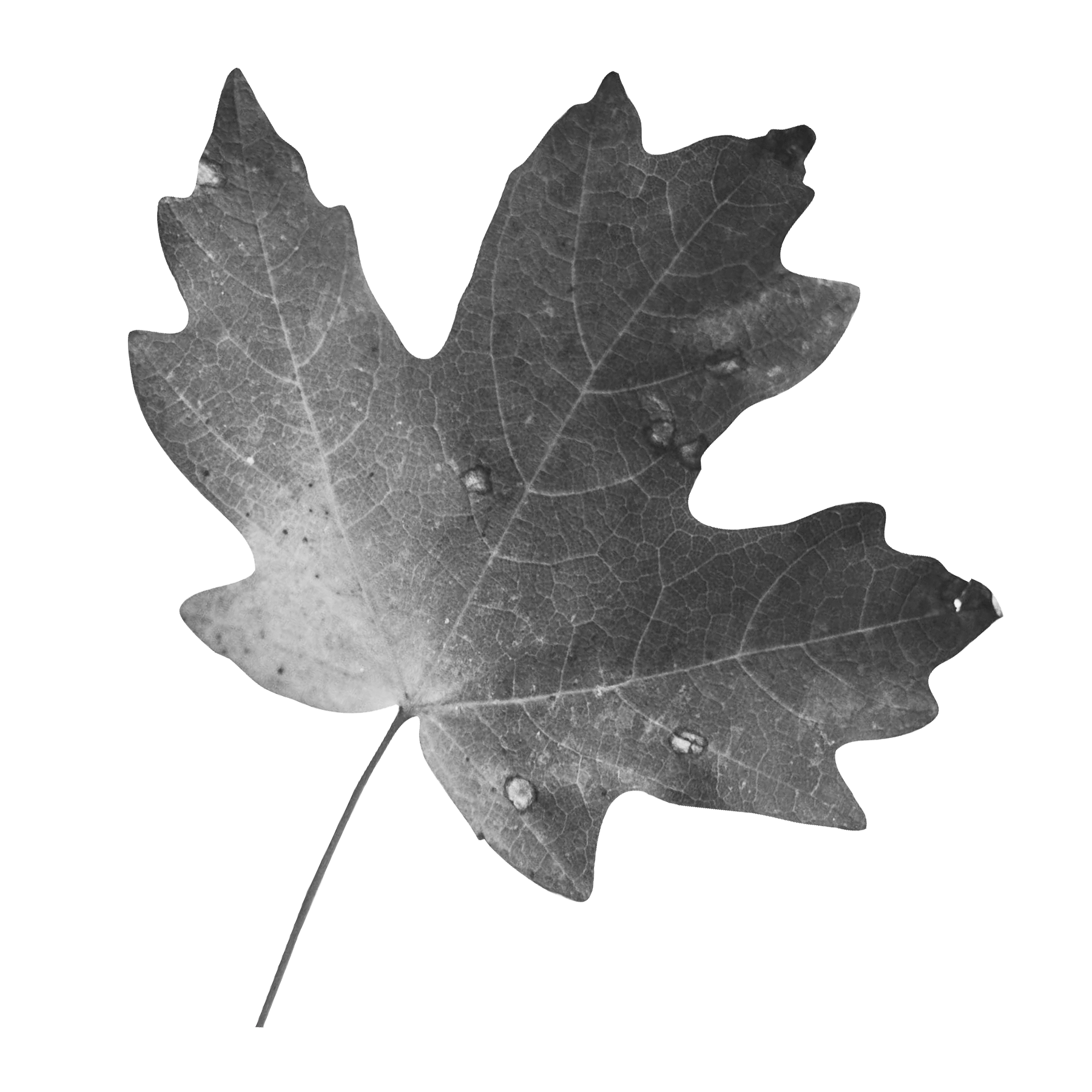Honouring Her Roots
Mi’kmaq knowledge keeper, Melissa Labrador, describes her special connection to the Wabanaki forest.
Posted Nov 10, 2021
Melissa Labrador is a Mi’kmaw artist and knowledge keeper from Gokqwes (Wildcat 12) in what is presently known as Nova Scotia. Today she has joined me for a walk through a beautiful piece of old Wabanaki forest in New Brunswick. She is looking forward to discovering what traditional medicines we might find; Melissa and her ancestors have long used tree bark, branches, needles, and other forest plants to prevent and cure illnesses. “You don’t always need to use them,” she points out. “Just being around them gives you so many of their benefits.”Before we hike into the woods, Melissa graciously shares some of her family’s history with me.
Gokqwes is a community just outside of Kejimkujik National Park. Melissa’s ancestors used and cared for the beautiful tracts of old-growth hemlock forests that the park is known for—before the government removed her family from their territory to open the park in 1974. These forests are one of the few remaining examples of intact old-growth Wabanaki forest and continue to thrive today because of the careful stewardship of her ancestors. The Mi’kmaq lived in harmony with the plants, animals, and water on these lands for millennia; Melissa remembers how her family thoughtfully harvested from the forest for traditional building and crafts, including birch bark canoes. Melissa and her father, Todd Labrador, continue to make birch bark canoes together every summer.
In addition to building traditional birch bark canoes with her father, Melissa has acquired a breadth of knowledge about forest medicines from other family members. Her mother, Jean Augustine-McIsaac, was a respected botanist, lawyer, and Mi’kmaq knowledge keeper who began to teach her about medicinal plant harvesting at a young age. Melissa also fondly remembers spending time in the forest with her grandfather, who was passionate about sharing his teachings with his grandchildren and other youth in his community.
Melissa knows that she is lucky that many of her family members maintained strong connections to their traditional ecological knowledge, despite the losses that came with colonization. Melissa describes how many people in her community have lost their connection to the land. “For so long, we have taught our kids to disconnect,” she says. “I try to be mindful with my kids and teach them to be mindful of the environment around them by asking them how they see the forest and what they feel while in it. It’s important to have that connection.”
Between her art practice, graduate degree, teaching, and parenting her son and daughter, Melissa stays very busy. But she always finds time to connect with the forest and its medicines. Before we lace up our boots and trek into the woods, I ask Melissa what the Wabanaki forest means to her. “It’s my identity, it’s who I am. Without [the forest], there’s no me,” she says. The forest is a source of hope; she explains that reconnecting to the forest is the most important way to heal the wounds that Mi’kmaq communities have suffered.
By Dani Miller (Program Coordinator, Community Forests International)
It’s my identity, it’s who I am. Without [the forest], there’s no me.

